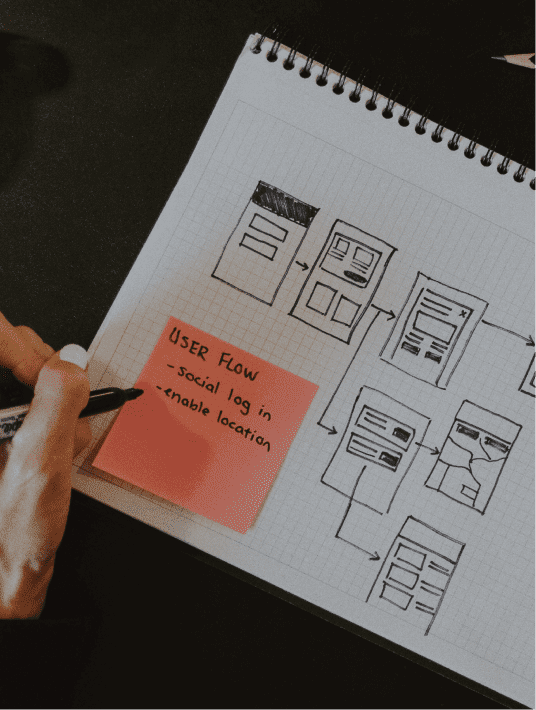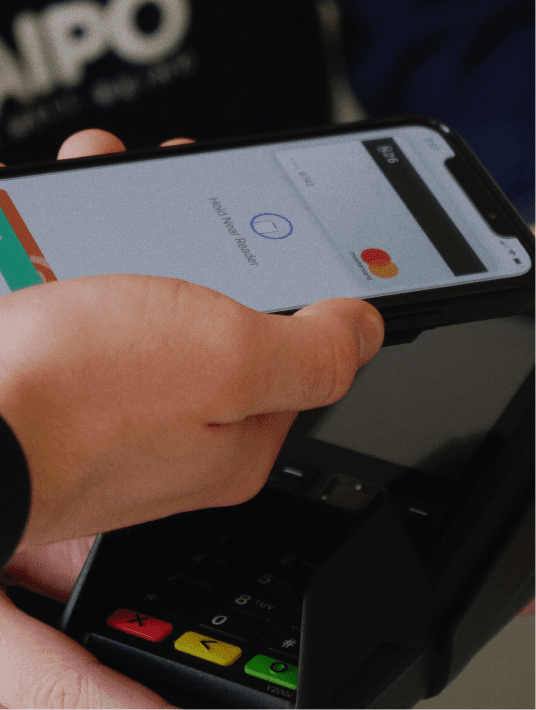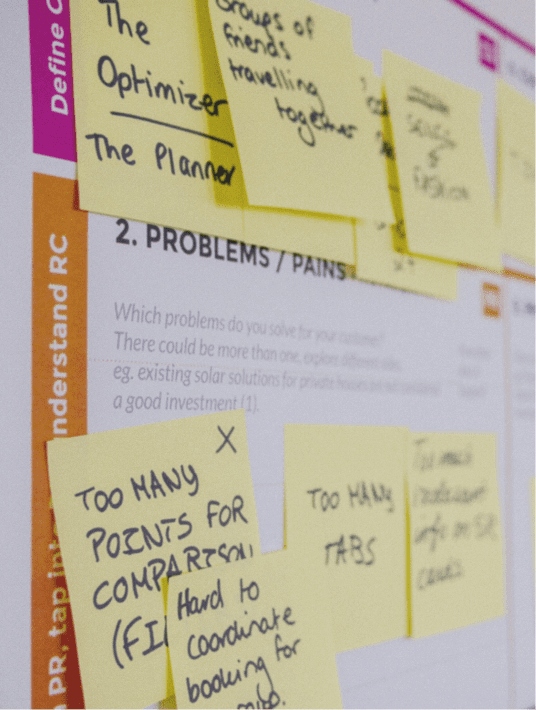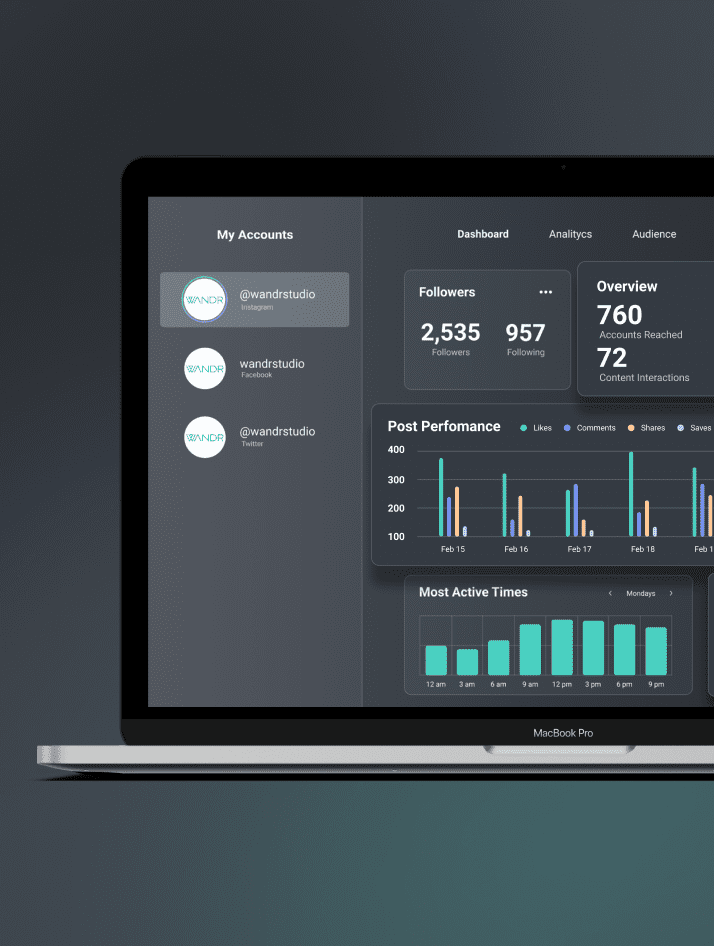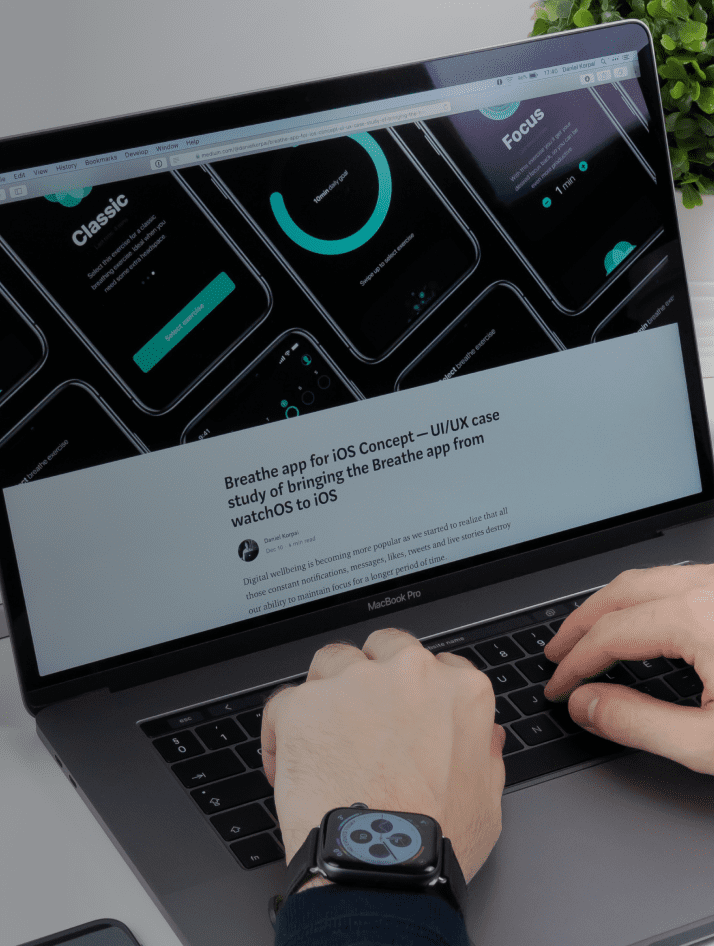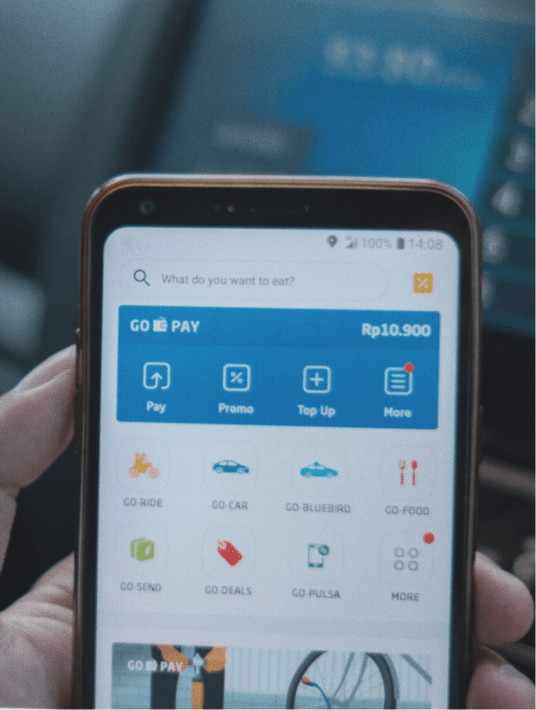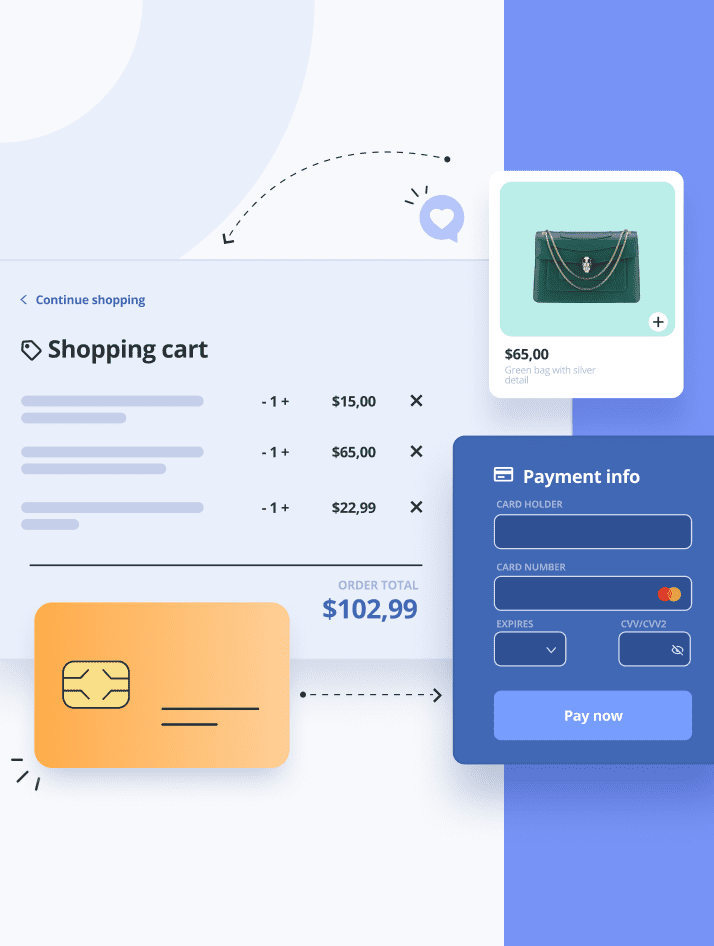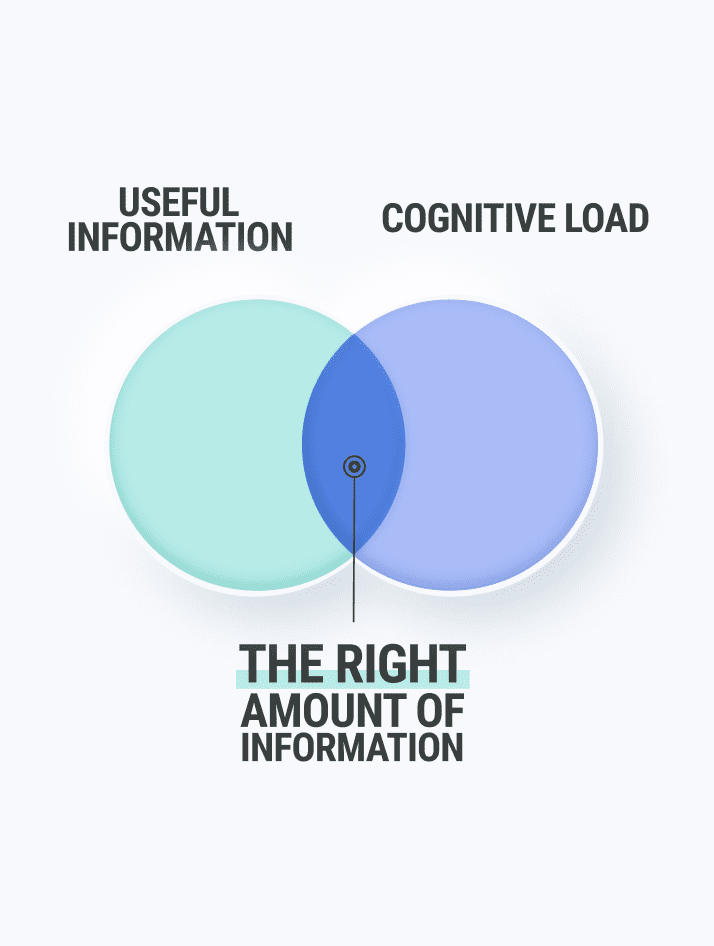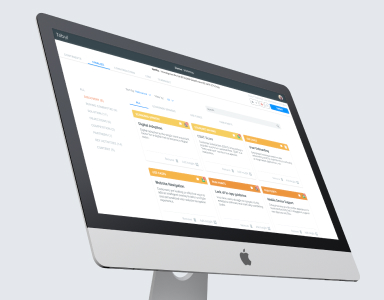Here Our Frequently Asked Questions (FAQ) On Our UX Audits Services
Conducting a UX audit? Learn its value in pinpointing user experience bottlenecks and guiding strategic improvements.

A UX audit reviews your product’s functionality and detects where it fails to deliver quality for your customers. It also provides detailed insights into how users feel about using your product. Below are additional frequently asked questions (FAQs) on our UX audit services.
What Problem Does a UX Audit Solve?
The UX audit flags aspects of the experience of your product that are blocking users from completing their tasks. It solves the problem of now knowing what’s keeping your product from growing. It does so by accomplishing three things:
- It highlights what specific aspects need fixing without having to do a complete overhaul of your entire product.
- It removes the guesswork from deciding where to focus.
- It provides a baseline understanding of the current state of the experience that will serve as a control to measure improvements made through UX work.
We use UX audits diagnose the product’s underlying problem they allow us recommend a framework to address it.
Who Needs a UX Audit?
We recommend UX audits for CMOs, Heads of Product and CEOs. In general, anyone responsible for the performance of a digital product could get a lot of value of running a UX audit.
In addition to product people, UX audit are really helpful for companies struggling with low customer retention, high churn, high drop-off rates, and elevated numbers of customer support tickets.
UX audits are also useful for designers and strategists to articulate an overall negative user experience into a concrete set of issues to address, allowing them to prioritize efforts and increate the effectiveness of their work.
When Should You Conduct a UX Audit?

We advice our clients to conduct a UX audit before implementing any intervention that would alter the experience of their product. It should be the first step in any redesign or major enhancement.
In product companies, it’s good practice to run a UX audit at least once a year to detect issues that may accumulate after several development cycles.
A yearly cadence is useful for prioritizing features and assigning resources. It helps your team start the year focused on your product’s most impactful aspects for your customers.
What Are the Steps of a UX Audit?

The UX audit we conduct at WANDR has five steps:
- KICKOFF
- JOURNEY MAPPING
- HEURISTIC EVALUATION
- PRIMARY RESEARCH
- REPORTING AND RECOMMENDATIONS
Kickoff
This is the first step in the audit.
It’s a discovery session with stakeholders in which we learn about the business goals and the role of the product in achieving them.
We also summarize everything that the company knows about their customers and learn about the main issues the product is having from the company’s perspective.
Journey Mapping
In this second phase we list all the steps that the use has to take in all the flows.
This gives us a bird’s eye view on the complete product, all the functionalities and how complex it is. It’s very valuable to have a complete picture before evaluating the quality of the experience.
Heuristic Evaluation
In this phase, our design experts analyze each user flow based on their professional assessment of the quality of the experience at each step.
This is a qualitative approach that saves a lot of time. It quickly gives us a rough picture of the areas that need most attention the most.
Our heuristic evaluation is based on a deep understanding of usability best practices coupled with the combined years of experience our team has analyzing and improving the user experience of hundreds of B2B products.
Primary Research
Once we complete the heuristic evaluation, our team carries out a series of interviews with customers to validate assumptions around the most pressing pain points in the experience.
The goal of this phase is to ensure that the results of the heuristic evaluation match the reality that customers are facing when interacting with the product.
Reporting and recommendations
When we complete the user interviews, the final step in the UX audit is to gather all of our findings in a comprehensive but easy to digest report.
We know our clients are very busy and don’t have the time to read extensive documents outlining every little detail, so, instead, we provide an outline of each activity and the most important insights obtained from them.
The second part of the deliverable contains a proposed course of action that explains what should be done in order for the product to be effective at fulfilling its purpose within the company’s business goals.
We prioritize our recommendations on an impact effort scale so that our clients can decide what makes more sense to execute depending on the particular conditions of the company.
How Long Does it Take
The duration of the UX audit depends a lot on the complexity and size of the product. Our audits typically range between 2 weeks for small startups to several months for large enterprise platforms.
For an accurate quote, please reach out to our team.
Drop us a comment below or talk to us on Instagram, Facebook, LinkedIn, or Twitter.











